
Less is more when it comes to Hong Kong staging ‘mega events’
- Overstuffing the calendar with ‘mega events’ to draw tourists to Hong Kong risks inducing the same kind of fatigue overstuffed buffet diners feel
- European countries don’t stage ‘mega events’ to draw visitors; their ‘meganess’ is found in their landscapes, people and culture. There’s a lesson there
With the announcement this week by the Hong Kong government of the schedule for 106 upcoming mega events in the latter half of the year, one immediate observation is the attempt to cater to every possible interest simultaneously.
The roster includes a diverse range of offerings: 42 exhibitions, 15 sports competitions, 25 cultural showcases, 11 festivals, and 13 events focusing on finance, technology, and innovation.
The question arises: are we overdoing it? It’s a possibility. But given that this is the inaugural year for such an extensive line-up, their true impact will only be known once they have been staged.
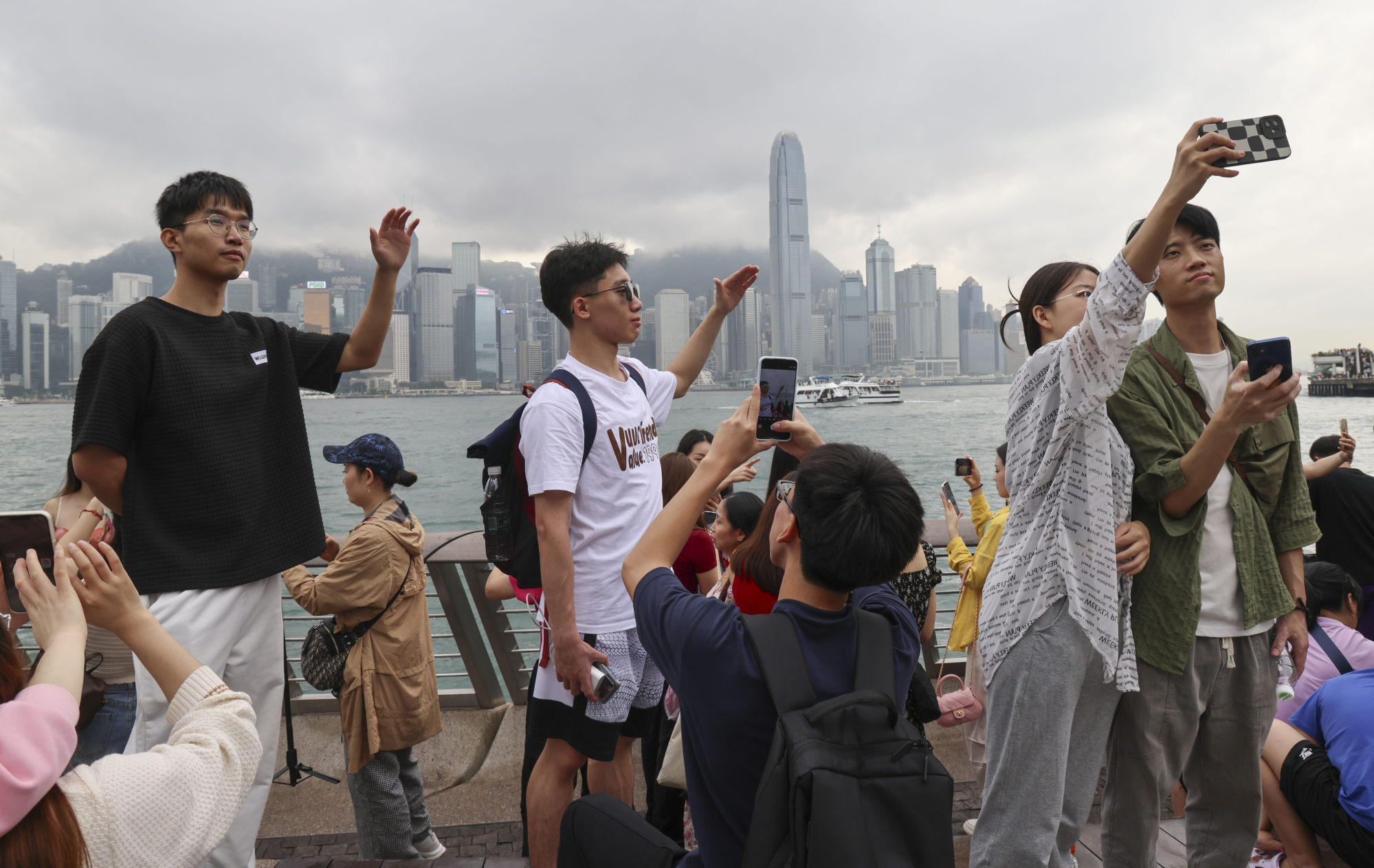
One potential risk is the onset of “mega event fatigue” among both Hong Kong residents and visitors.
Similar to a buffet experience, an excess of options can lead to overindulgence, which is not a good thing, as it could mean people do not fully appreciate each offering. They might feel fatigue and discomfort and might not derive genuine enjoyment from the experiences.
Like eating at fine-dining restaurants, a discerning and selective approach is essential to tourism. By emphasising a handful of stand-out “dishes” as our flagship mega events, while treating the remaining events as supplementary courses, desserts, or snacks for visitors to sample throughout the year, we can enhance our reputation and solidify our brand.
The emphasis should be on emulating these successes by creating additional stand-out events to raise Hong Kong’s status in the global arena.
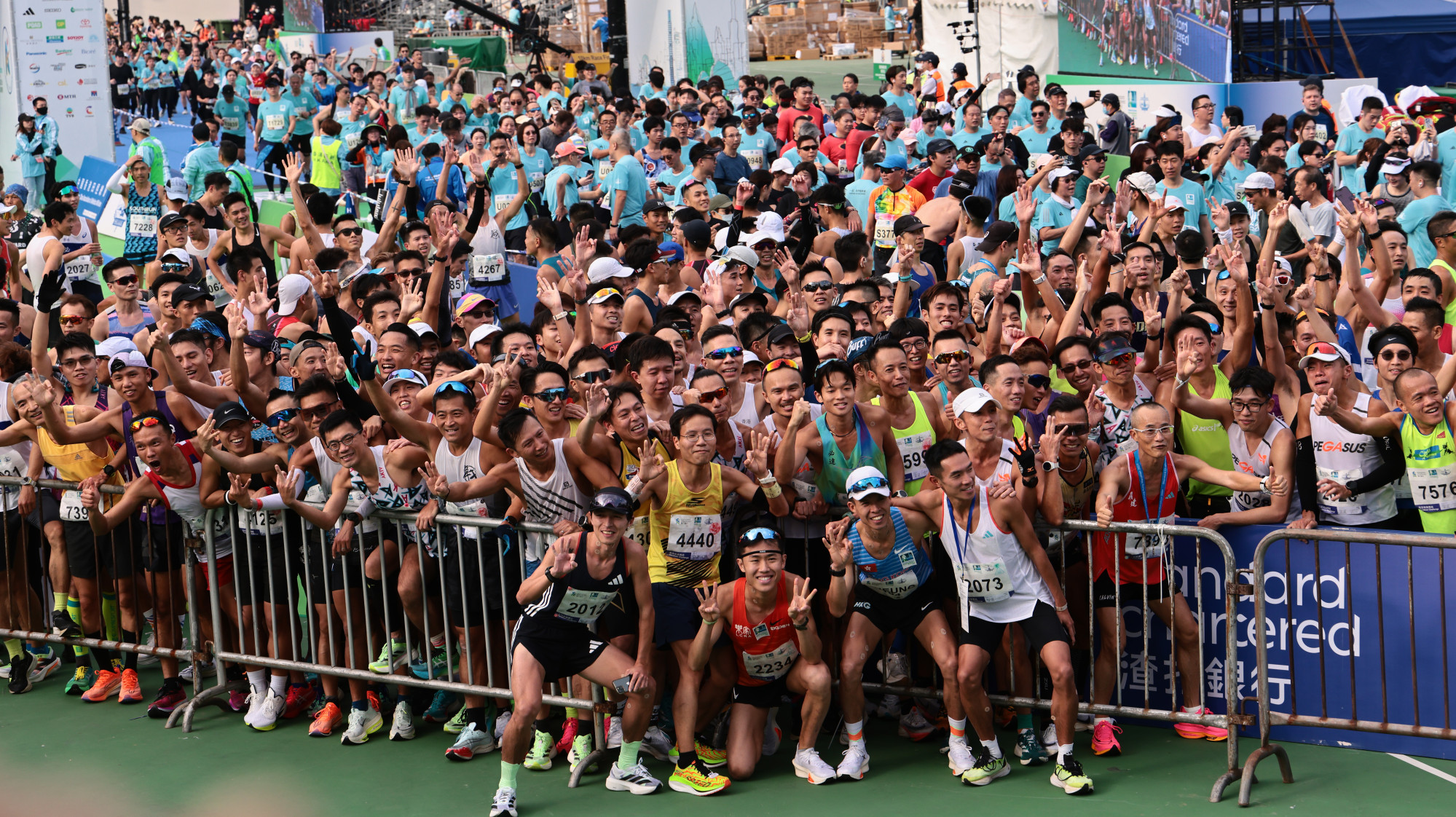
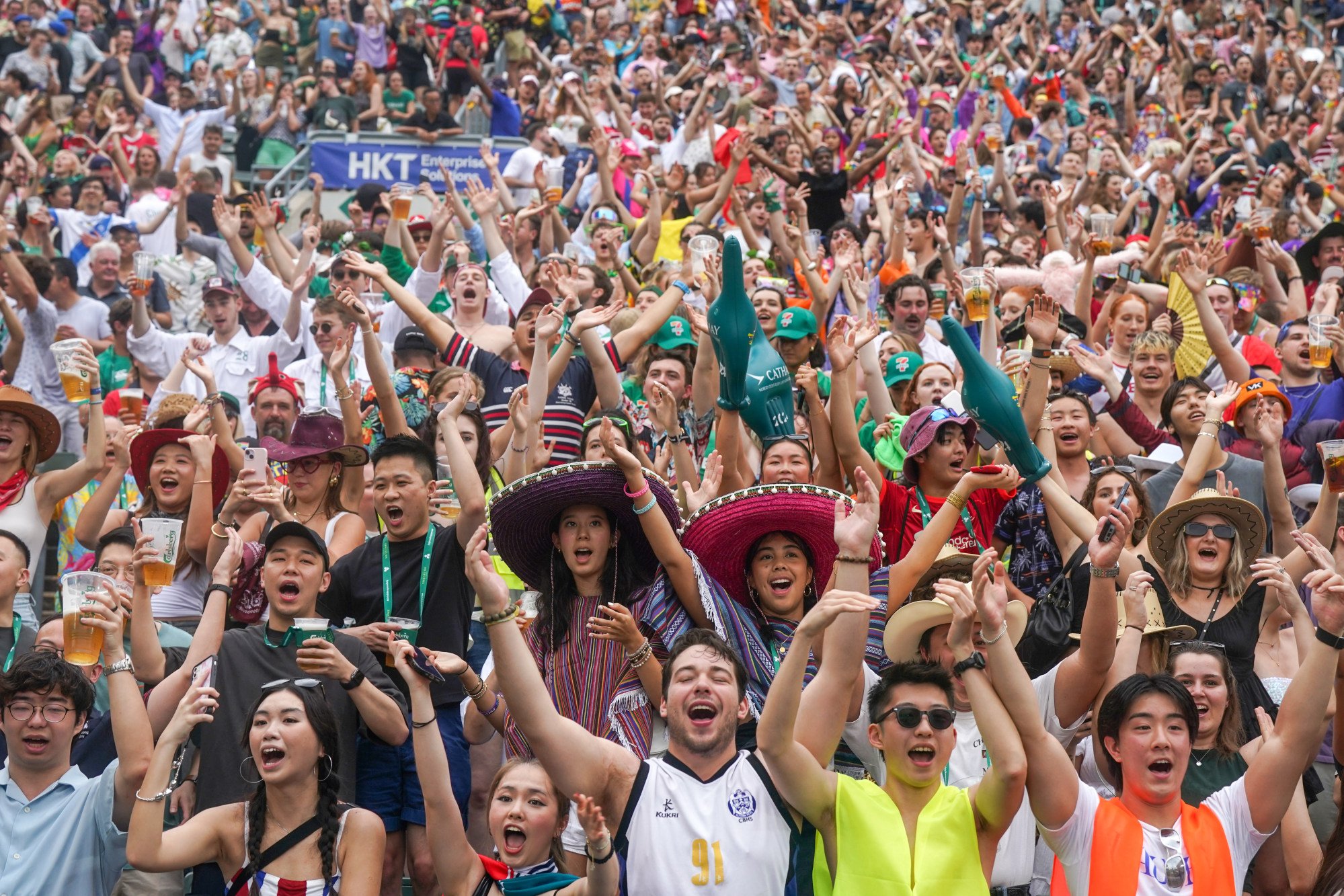
Having numerous mega events doesn’t necessarily make them exceptionally special, and our current approach appears disjointed, as if we are attempting to cater to everyone.
To set our city apart from other tourism destinations, we should draw inspiration from the tourism strategies of some European countries. Many of them don’t host mega events; instead, the “meganess” is found in their cuisines, landscapes, architecture, way of life, the people, cultures, and the distinctive charm of their cities.
For these nations, their cultural heritage plays a crucial role in attracting international tourists, which is a key economic driver. Beyond enriching individuals and communities, it fosters cultural exchange.
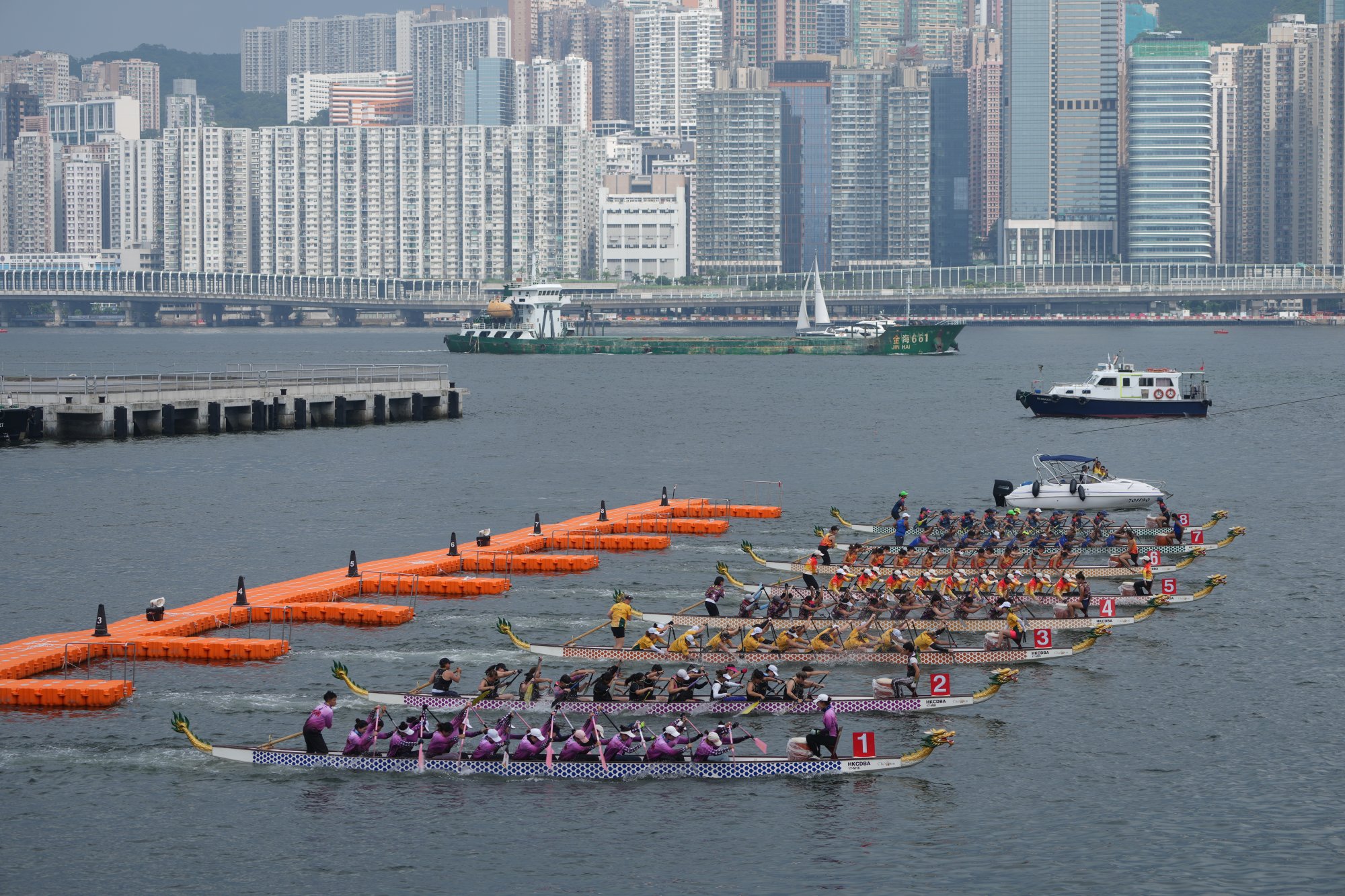
Hong Kong distinguishes itself through its Victoria Harbour. Leveraging this feature, we can centre our mega events around the harbourfront, hosting a variety of activities such as food expos, festivals, competitions, and forums there.
The government recently announced an upcoming citywide courtesy campaign aimed at promoting hospitality and encouraging Hong Kong residents to be more courteous and welcoming, to reinforce the city’s image as a tourist-friendly destination.
The initiative is timely, as the collective support and friendliness of every Hong Kong citizen are essential for the success of our tourism industry.
Alongside the courtesy campaign is the government’s recent promotion of the slogan cyun man gaai bing, “all citizens are soldiers”, in the hope that its collective adoption can bolster tourism by promoting politeness and hospitality among the public.
The government should also engage the community to propose effective events to attract tourists. Every Hongkonger not only plays a crucial role as a “soldier” in this tourism endeavour, but can also contribute valuable ideas.
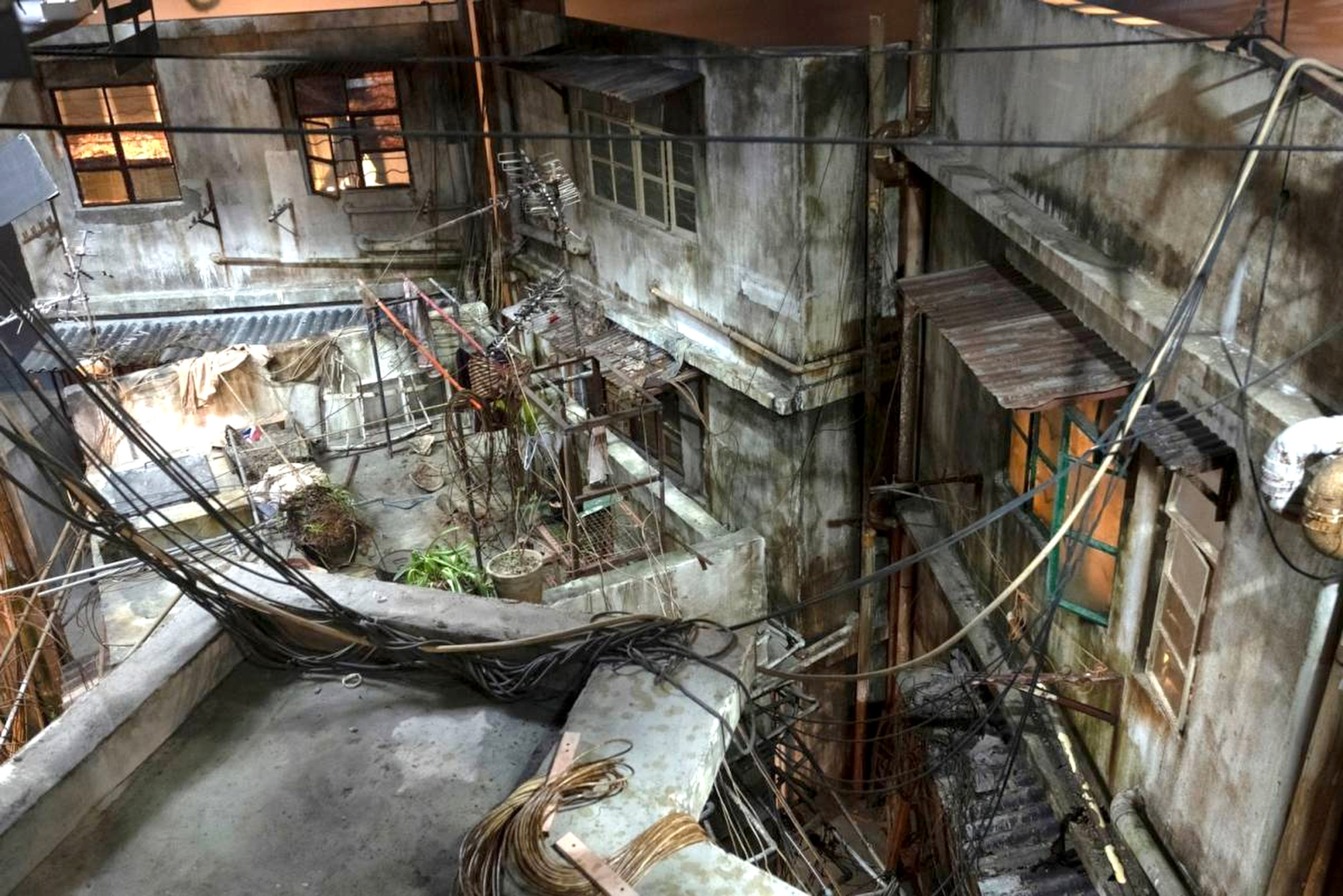
Discussions were under way on how to recreate certain elements of the film set, until it was discovered late last week that the sets had already been destroyed after filming.
The film has performed remarkably well, grossing HK$63 million (US$8 million) in Hong Kong and 500 million yuan (US$75 million) in mainland China since its release on May 1. It has also captured interest in Japan, a country with a known fascination for the former Walled City.
Hong Kong government minister Secretary for Culture, Sports and Tourism Kevin Yeung Yun-hung on Saturday said preserving pieces of the sets as they were dismantled had proved difficult, with authorities instead considering using augmented reality to show the exhibits.
But before even exploring a possible AR version of the Walled City concept, it’s crucial to establish a focused and strategic approach to maximise the value for money of the funds to be invested in it.

The goal is to align these events with our objectives of enticing tourists, showcasing Hong Kong positively on the global stage, and solidifying its position as a key international and cultural hub, while reaping economic rewards.
It’s worth emphasising that the success of an event, regardless of its scale, is measured not by its size but its impact. The depth of the experience it offers is what truly matters, as that determines whether visitors return and advocate Hong Kong to others.
In this context, less is more.
Luisa Tam is a Post editor who also hosts video tutorials on Cantonese language that are now part of Cathay Pacific’s in-flight entertainment programme

